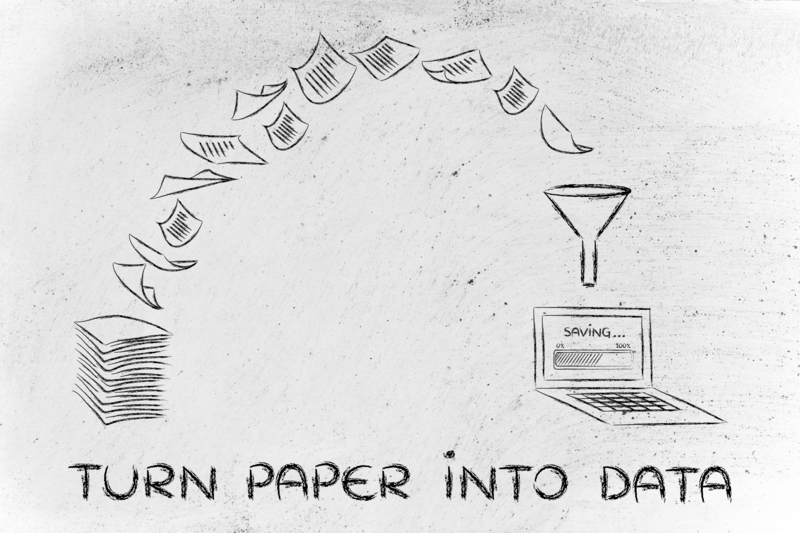Protecting the Planet While Disposing of PPE Waste
In our modern world, Personal Protective Equipment (PPE) has become a vital part of everyday life, especially since the COVID-19 pandemic. Masks, gloves, face shields, and gowns are essential for protecting individuals and communities. However, the environmental burden of improper disposal of PPE waste is a growing concern. If not managed responsibly, PPE waste threatens ecosystems, contributes to pollution, and endangers wildlife. In this comprehensive article, we'll explore how to protect the planet while disposing of PPE waste, covering best practices and innovative solutions.
Understanding PPE Waste and Its Environmental Impact
What Is PPE Waste?
*PPE waste* refers to used or discarded personal protective equipment such as masks, gloves, gowns, shoe covers, and face shields. During the height of the pandemic, global demand for such equipment skyrocketed, leading to an unprecedented accumulation of PPE waste.
The Scale of the PPE Waste Problem
- According to recent estimates, billions of disposable face masks and gloves are used globally every month.
- PPE waste is primarily composed of non-biodegradable plastics such as polypropylene and polyvinyl chloride.
- Improperly disposed PPE items often find their way to waterways, forests, and oceans, causing extensive ecological harm.
Environmental Risks of PPE Waste
- Microplastic Pollution: When PPE breaks down, it releases microplastics that are ingested by marine life and eventually enter the human food chain.
- Wildlife Entanglement: Animals can get entangled in masks and gloves, restricting movement or causing injury and death.
- Soil and Water Contamination: Hazardous substances from contaminated PPE leach into soil and groundwater, posing risks to agriculture and drinking water supplies.

Sustainable PPE Disposal Methods
1. Source Segregation and Proper Collection
An effective way to minimize the environmental impact of PPE waste is to segregate it at the source and ensure it is collected separately from regular trash. Hospitals, businesses, and households should use clearly labeled bins for PPE items to avoid contamination of recyclable materials.
- Use contactless bins with secure lids to reduce handling risks.
- Place informative signage near disposal areas to educate users.
- Ensure frequent collection to avoid overflow and littering.
2. Safe Handling and Packaging
Handling PPE waste properly is vital to prevent the spread of disease and environmental contamination. PPE should be double-bagged, and the outside of bags should be disinfected if contamination is suspected.
- Wear gloves while handling PPE waste and wash hands thoroughly afterward.
- If possible, use color-coded bags (e.g., red for infectious waste) to help waste workers handle PPE appropriately.
3. Specialized Collection Services
In many areas, waste management companies offer PPE waste pickup services for organizations and households with large waste volumes. These services ensure that PPE is processed following local regulatory requirements and environmental standards.
4. High-Temperature Incineration
Incineration remains the most widely used method for disposing of contaminated PPE, especially from healthcare settings. Modern incinerators operating at high temperatures can destroy pathogens and reduce the volume of waste considerably.
However, incineration should be managed carefully to avoid air pollution from toxic emissions like dioxins and furans. Advanced filtration and scrubbing systems are essential for minimizing harmful byproducts.
5. Emerging Technologies and Innovations
- Chemical Recycling: Some facilities are exploring technologies that break down plastic-based PPE into reusable materials or fuel, reducing reliance on virgin resources.
- Pyrolysis: High-temperature decomposition in the absence of oxygen converts PPE plastics into useful gases and oils, with lower emissions than traditional incineration.
- Mechanical Recycling: Clean and uncontaminated PPE (like some face shields) can be shredded, washed, and reprocessed into new plastic products.
Reducing PPE Waste for a Greener Future
1. Prioritizing Reusable PPE
- Opt for washable cloth masks and reusable gowns whenever possible, especially outside of high-risk medical environments.
- Sanitize reusable PPE regularly according to manufacturer's guidelines to maintain protection standards.
- Encourage manufacturers to design PPE that is both effective and sustainable.
2. Supporting Take-Back and Recycling Programs
Some manufacturers and local governments have introduced take-back schemes for PPE waste. These programs facilitate the safe return and recycling of used PPE items.
- Participate in local PPE recycling initiatives wherever available.
- Encourage your workplace or school to adopt similar programs.
- Promote education about the environmental importance of recycling PPE waste.
3. Promoting Biodegradable PPE Alternatives
Innovation in materials science has led to biodegradable and compostable PPE products made from plant-based polymers, bamboo, or other natural fibers. These alternatives degrade more safely in the environment compared to traditional plastics.
- Whenever possible, select biodegradable PPE options, particularly for single-use items.
- Support companies prioritizing eco-friendly PPE product development.
Guidelines for Responsible PPE Waste Management at Home and Work
1. Home Disposal of PPE Waste
- Do not dispose of PPE in household recycling bins. Disposable masks, gloves, and wipes can contaminate recycling streams.
- Place used PPE in a sealed plastic bag before disposing of it in the general waste bin.
- Never litter PPE outside as wind and rain can carry it into waterways and nature.
2. PPE Waste in Workplaces and Healthcare Settings
- Train employees on proper PPE disposal methods to minimize workplace contamination and environmental risk.
- Install dedicated PPE waste collection points for staff and visitors.
- Partner with certified disposal providers to ensure compliance with environmental and health safety standards.
3. PPE Waste During Outdoor Activities
- Always carry a small bag or container for your used PPE while hiking, cycling, or camping.
- Dispose of PPE waste responsibly when you return home or to available waste collection points.
Global Responses and Policy Initiatives
How Governments and Organizations Are Addressing PPE Waste
- Many countries have introduced emergency guidelines for PPE waste segregation, collection, and disposal.
- International organizations including the WHO and UNEP are developing best practice standards to limit the environmental fallout from the surge in PPE use.
- Some regions are investing in advanced recycling facilities and launching public awareness campaigns focused on responsible PPE use and disposal.
The Role of Corporate Social Responsibility (CSR)
- Leading companies integrate sustainable PPE disposal into their CSR strategies by reducing usage, recycling, and promoting eco-friendly products.
- Green certification programs now include criteria for safe and eco-conscious PPE waste management.
Actionable Tips: How You Can Help Protect the Planet When Disposing of PPE Waste
- Educate yourself and others about the risks of improper PPE disposal and the importance of environmental protection.
- Reduce reliance on single-use PPE by opting for reusable alternatives where feasible.
- Take part in community clean-ups to remove littered PPE from parks, streets, and beaches.
- Contact your local council to find out about specialized PPE collection services.
- If you spot PPE waste in public areas, safely pick it up (wearing gloves) and dispose of it properly.
- Support brands and organizations that invest in recyclability and eco-conscience product design.

Innovations Shaping the Future of PPE Waste Management
Promising Developments and Technologies
- Reusable, washable PPE: Research continues on fabrics that maintain high protection standards after multiple washes, reducing single-use waste.
- Upcycling PPE waste: Some innovative projects transform collected PPE waste into construction materials, furniture, or art installations.
- Artificial intelligence and robotics: Automated sorting technologies are improving the efficiency and safety of PPE waste management in large-scale facilities.
- Fermentation and bioconversion: Microorganisms are being explored to break down plastic PPE waste into benign substances or valuable byproducts.
Conclusion: A Shared Responsibility for a Healthier Planet
Protecting the planet while disposing of PPE waste is a challenge that demands urgent attention and collective action. Whether you are a healthcare worker, business owner, policy maker, or simply a concerned citizen, how you handle your used personal protective equipment matters. By embracing responsible disposal techniques, supporting innovative recycling programs, and choosing reusable or biodegradable PPE, you can make a tangible difference for the environment.
As global awareness grows, we all play a pivotal role in ensuring that the pursuit of personal and public health does not come at the cost of our planet's wellbeing.
Together, let's prioritize sustainable PPE waste management practices and commit to a future where safety and sustainability go hand in hand.
